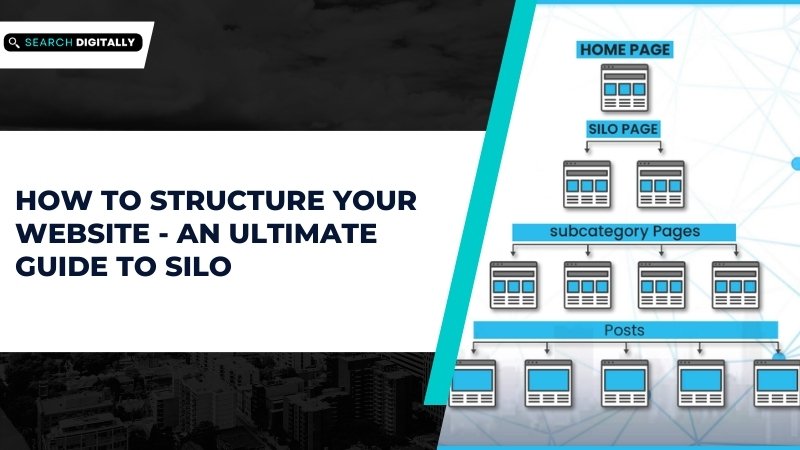
The term “silo” inspires images of tall towers used to production. If you work in content marketing, you’ve probably heard this term a lot and wondered how a silo can be used in content marketing. In this blog post, we will look at different ways to implement content silos and how to use them to structure your content and improve your on-page experience.

What do you mean by content Silos?
Content silos play a crucial role in improving on-page SEO by organizing and structuring website content in a logical and hierarchical manner. A content silo refers to a grouping of related content that focuses on a specific topic or theme. By creating content silos, website owners can enhance their on-page SEO efforts and provide users with a better browsing experience.
One of the main benefits of using content silos is that they help search engines understand the relevance and context of your website’s content. When search engines crawl your site, they look for clear signals about what each page is about. Content silos provide this clarity by grouping related pages together, making it easier for search engines to determine the overall theme of your website.
How to Structure your Website – An Ultimate Guide to Silo Structure
Furthermore, content silos allow you to target specific keywords or topics more effectively. By creating separate sections within your site dedicated to different topics or themes, you can optimize each page within the silo for relevant keywords. This focused approach helps search engines recognize the relevance and authority of your content, ultimately boosting your rankings for targeted keywords.
Another significant advantage of using content silos is that they improve internal linking structures. Internal links play a vital role in spreading link equity across your site and guiding both users and search engine bots through relevant pages. With well-structured content silos, you can easily interlink pages within the same topic or theme, strengthening their connection and enhancing their visibility to both users and search engines. In summary, implementing content silos is an effective strategy to improve on-page SEO. By organizing related content into distinct groups or sections, you can enhance keyword targeting, improve site structure, increase user engagement, and ultimately boost your website’s visibility in search engine results pages (SERPs).
